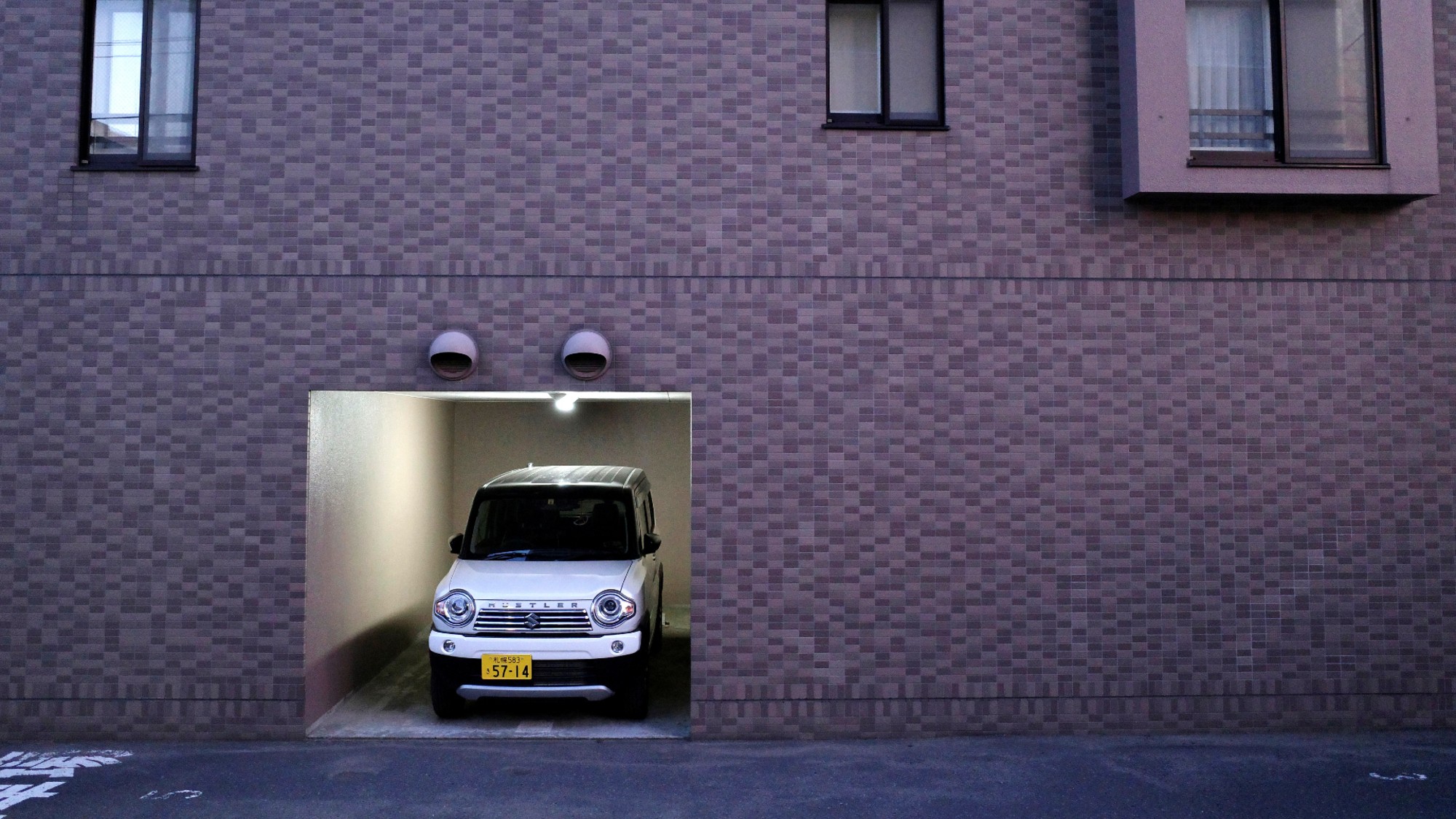Exhibit of the week: California Design, 1930–1965: ‘Living in a Modern Way’
LACMA’s blockbuster new design show features campers, cars, and other objects of the distinct, modernist style that distinguishes the California look.
Los Angeles County Museum of Art
Through March 25
The 1936 Airstream trailer that sits at the entrance of LACMA’s blockbuster new design show might as well be an “aerodynamic time machine,” said Christopher Hawthorne in the Los Angeles Times. The California that the camper and 350 other exhibited objects represent “could hardly be more different from the one we inhabit today.” Especially in the first decades after World War II, California was a place “ready, even impatient, to embrace the future,” and its designers responded by creating and exporting a distinct modernist style that remade household interiors across postwar America and even the world. LACMA’s “charmingly overstuffed” exhibit gets the mood just right. The California look was distinguished by clean lines and cutting-edge materials, but particularly by a simple joie de vivre. A bathing suit adorned with oversized lobsters isn’t out of place in this museum show, nor is a nearby “ice gun,” which still appears “ready to shoot perfectly shaped cubes into a tumbler.”
The Week
Escape your echo chamber. Get the facts behind the news, plus analysis from multiple perspectives.

Sign up for The Week's Free Newsletters
From our morning news briefing to a weekly Good News Newsletter, get the best of The Week delivered directly to your inbox.
From our morning news briefing to a weekly Good News Newsletter, get the best of The Week delivered directly to your inbox.
The impact of the movement “reached far beyond the Golden State’s borders,” said Eric Bryant in ArtInfo.com. Though not every American enjoyed a climate that promoted casual indoor/outdoor living or could afford a glass-walled house by Richard Neutra, “they could at least pick up a lounge chair by Charles and Ray Eames,” the era’s most dynamic husband-and-wife design team. The heart of this show is in fact a re-creation of the living room of the Eames’s iconic 1940s Pacific Palisades home—which embodied the era’s taste for eclectic assemblages of sleek modern furnishings, tropical plants, and random objets d’art. The curators provide a feel for the mass-market version, said Susan Morgan in The New York Times, by also exhibiting a circa 1962 Barbie Dream House.
The public has responded enthusiastically to the show, packing the museum on its opening weekend, said Sam Bloch in LAWeekly.com. Visitors seemed to view the tables, album covers, and surfboards on display less as art than as “goofy relics,” but there was a palpable excitement about getting a firsthand look at many of the objects “that perpetuated the California dream of the ’50s and ’60s in the American imagination.” One of the “stars” of the exhibit is a 1961 Studebaker Avanti that’s been parked on a white shag rug, said Phil Patton in NYTimes.com. The gorgeously streamlined car never performed all that well on the road, but then, it was designed in only two weeks. That “just get it done” attitude is as missed today as the era’s optimism.
A free daily email with the biggest news stories of the day – and the best features from TheWeek.com
-
 Could smaller cars bring down vehicle prices?
Could smaller cars bring down vehicle prices?Today’s Big Question Trump seems to think so, but experts aren’t so sure
-
 2025’s most notable new albums
2025’s most notable new albumsThe Week Recommends These were some of the finest releases of the past year
-
 Trump aims to take down ‘global mothership’ of climate science
Trump aims to take down ‘global mothership’ of climate scienceIN THE SPOTLIGHT By moving to dismantle Colorado’s National Center for Atmospheric Research, the White House says it is targeting ‘climate alarmism’